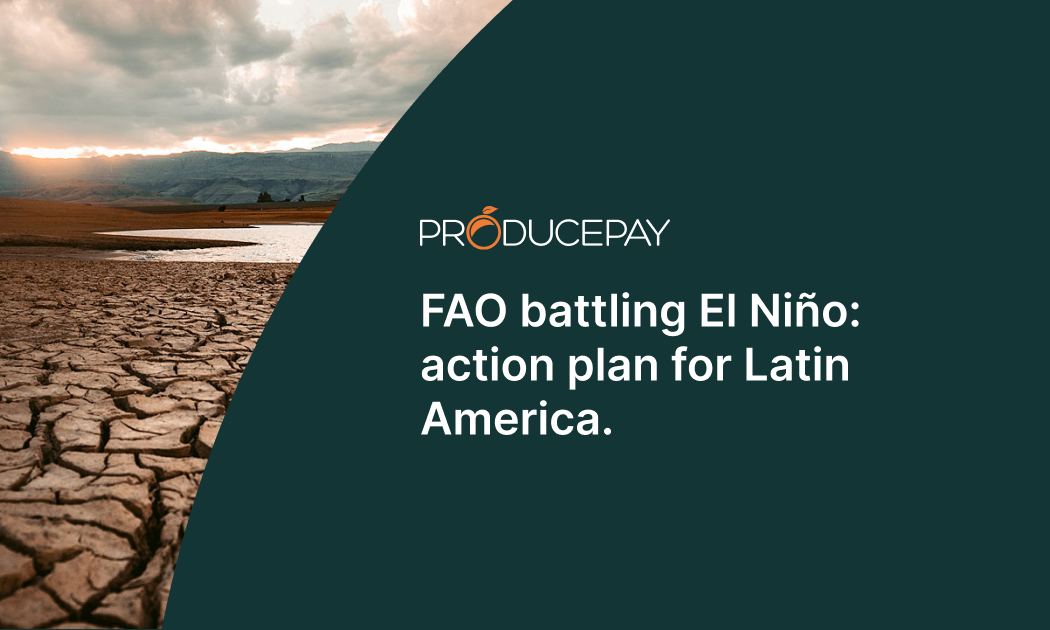
FAO battling El Niño: action plan for Latin America.
El Niño’s potential to disrupt weather patterns and trigger droughts and floods has raised global concerns, especially in the high-risk regions of Latin America.
The United Nations’ Food and Agriculture Organization (FAO) has introduced an Anticipatory Action and Response Plan to confront this threat. The primary aim of this plan is to mobilize a total of $36.9 million to aid over a million people in nine countries across the region: Bolivia, Colombia, Ecuador, El Salvador, Guatemala, Honduras, Nicaragua, Peru, and Venezuela.
The implementation of these anticipatory measures began in June of this year in Honduras, El Salvador, Nicaragua, and Guatemala. The focus is on mitigating the potential impacts of El Niño on agriculture and food security, especially for vulnerable farming families, including indigenous communities. Actions include distributing drought-resistant seeds, water management support, financial aid, water resource training, and safeguarding livestock and crops.
This plan is part of a global effort to raise $88.9 million to directly aid approximately 2.6 million people across the region, particularly in The Dry Corridor of Central America, home to small farmers grappling with high levels of food insecurity.
FAO has also provided support through the Emergency Data Information System (EDIS) in several countries, including Colombia, Guatemala, Honduras, El Salvador, and Haiti. This tool has received recognition for its utility in managing food crises.
Independent Responses from Some Countries
Numerous Latin American countries are also taking concrete actions in response to the El Niño threat. In Colombia, for example, an action plan for El Niño response and recovery is in development. This plan identifies 742 municipalities exposed to the phenomenon’s effects, potentially affecting up to 22.4 million people due to food insecurity.
On the other hand, in anticipation of the water deficit caused by El Niño in Peru’s central and southern regions, the Ministry of Agrarian Development and Irrigation (MIDAGRI) has initiated the installation of 2,859 hydroponic modules. These modules aim to support small farmers in nine Peruvian regions.
It’s worth mentioning that Peru has been one of the most impacted countries due to this phenomenon, with repercussions on production and exports for the Peruvian blueberry industry.
Anticipation Is the Key
Collectively, these measures and plans demonstrate a concerted effort to address the challenge posed by El Niño in Latin America and safeguard food security in the region.
However, given the significant uncertainty that climate-related challenges generate, farmers must have access to resources that enable them to cope with unforeseen situations. ProducePay’s Pre-Seson Financing can provide you with capital to protect your production against these climatic adversities and maintain the stability of your operations.
Sources: FAO, Minagri, Agraria.Pe
